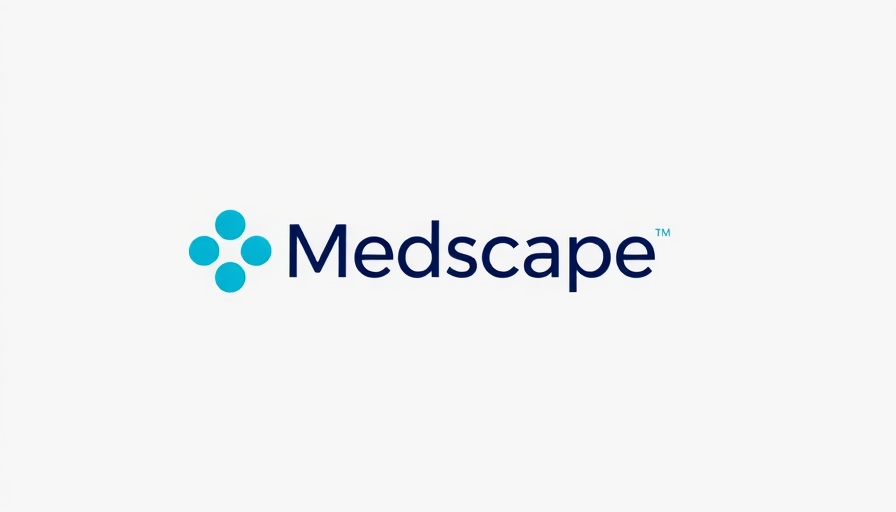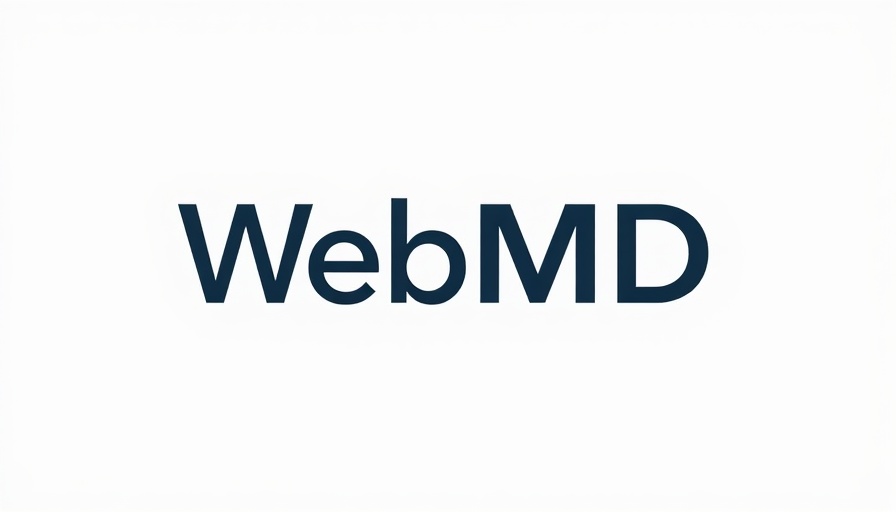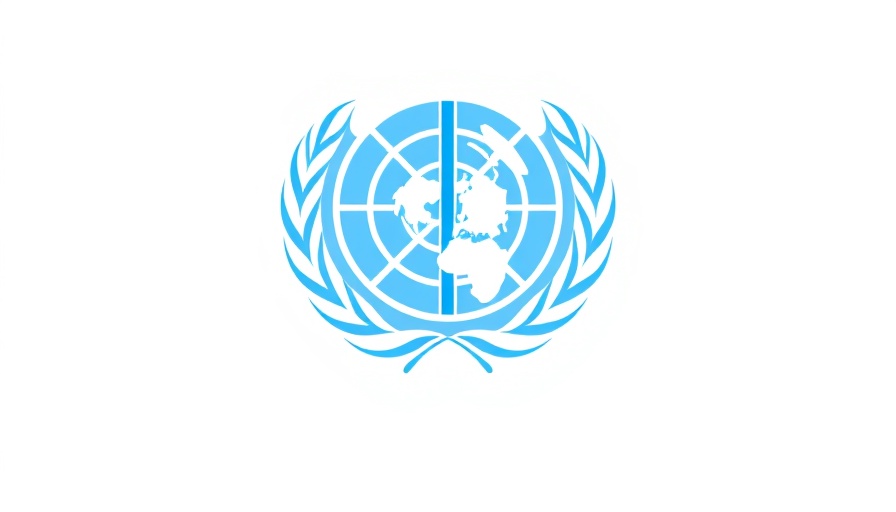
Bridging the Healthcare Divide: The Rise of Nurse Practitioners
As primary care gaps continue to widen across the United States, nurse practitioners (NPs) have emerged as key players in the healthcare landscape. With a growing demand for accessible healthcare, these highly trained professionals are stepping up to meet the needs of communities facing physician shortages.
Understanding the Primary Care Crisis
The U.S. is grappling with a staggering shortage of primary care physicians, exacerbated by an aging population and increased chronic health problems. According to recent studies, it’s projected that the nation will face a deficit of over 120,000 physicians by 2030. As a result, many patients are left without adequate access to healthcare services, prompting urgent calls for innovative solutions.
Why Nurse Practitioners Are Key to the Solution
Nurse practitioners, armed with advanced education and clinical training, provide a range of healthcare services that include diagnosing and treating illnesses, prescribing medications, and managing patient care. Their ability to offer comprehensive services makes them a vital resource, particularly in underserved regions where wait times for a physician can exceed months.
Collaboration Over Competition: Team-Based Care Models
The integration of nurse practitioners into healthcare systems creates opportunities for collaboration rather than competition with physicians. Team-based care models, where NPs work alongside doctors, can enhance patient care by utilizing the strengths of each professional. This approach not only improves operational efficiency but also enriches the patient experience by providing a continuum of care.
Future Predictions: Expanding Roles for NPs in Healthcare
As the healthcare landscape evolves, the role of nurse practitioners is likely to expand further. With a push for more autonomous practice regulations in many states, NPs may soon be fully empowered to manage their own practices, especially in rural areas where providers are scarce. This shift could revolutionize patient access and care methodologies, ultimately improving health outcomes across diverse populations.
Addressing Common Misconceptions About Nurse Practitioners
Despite their extensive training, misconceptions about the role of NPs persist. Many people mistakenly believe that nurse practitioners only offer support services rather than full-fledged medical care. It’s important to understand that NPs can provide high-quality, comprehensive care and often serve as the primary healthcare provider for their patients. Education and awareness efforts can help dismantle these myths, fostering more trust in NP-led care.
Taking Action: How Communities Can Support NPs
Communities can play an essential role in supporting nurse practitioners in their endeavors to provide high-quality care. Local governments and health organizations can advocate for policies that promote NP utilization, ensuring that these healthcare providers have the resources and support they need to thrive. This could involve increased funding for NP-led clinics, training programs, or community outreach initiatives aimed at educating the public about the capabilities of nurse practitioners.
As the primary care gap continues to widen, the contributions of nurse practitioners are becoming increasingly pivotal. Communities should consider ways to actively support and integrate NPs into their healthcare frameworks, recognizing that the future of accessible healthcare may very well depend on these dedicated professionals.
 Add Row
Add Row  Add
Add 




Write A Comment